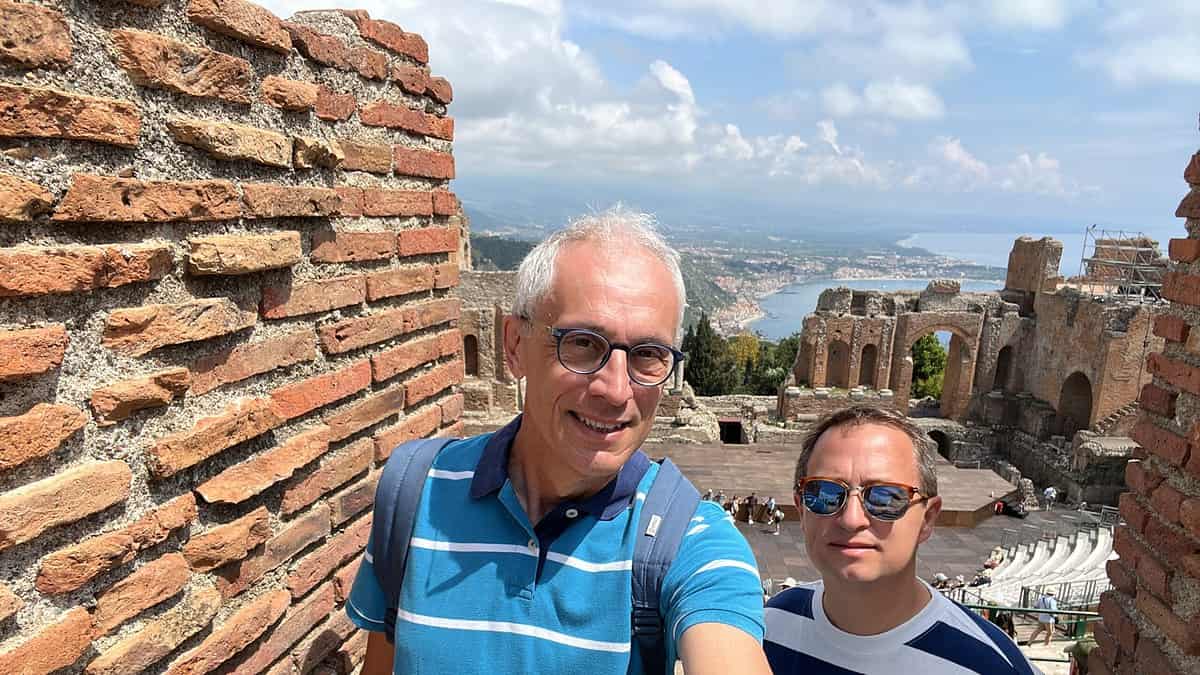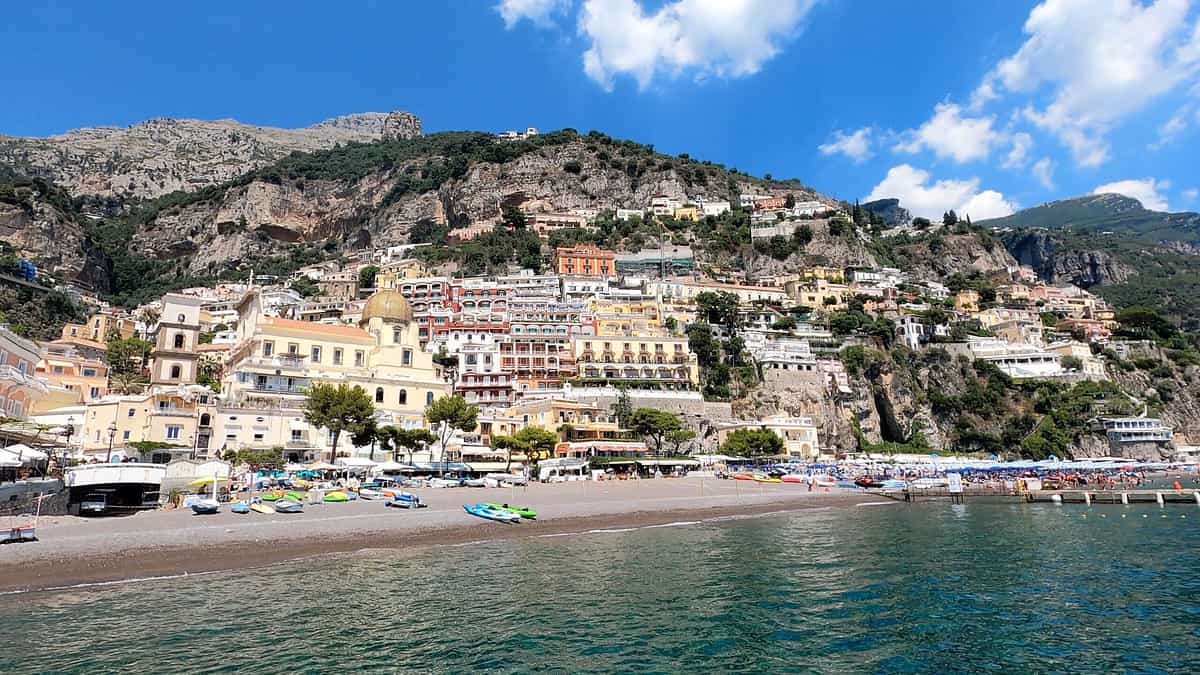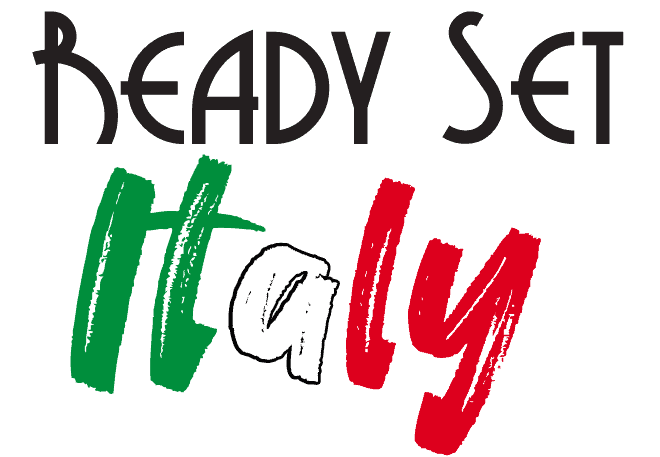If you’re yearning for a taste of la bella vita, Italy in the summer is the answer to all your wanderlust dreams.
Now, I’m not saying you need to drop everything, pack your bags, and hop on the next flight to go to Italy (though that does sound like a good idea).
But if you’re considering a European getaway anytime soon, let me assure you, Italy is the place to be.
Especially you want to start knowing…
How to figure out the best time to go to Italy
Visiting Italy can be an enchanting experience, a treasure trove of history, art, food, and culture, but timing is everything.
There’s a big difference between sauntering down a quiet, picturesque alley and elbowing through a crowded tourist hotspot during peak season, right?
Also had the idea about the…
High season and shoulder season in Italy
Due to the pleasant weather, Italy’s peak tourist season typically falls in summer, with hordes of vacationers descending upon popular destinations like Rome, Venice, and Florence.
I’m not saying you should ditch your summer plans, but you gotta be prepared for the crowd.
Spring (April to June) and fall (September and October) can be less crowded and have more comfortable weather.

The high season typically falls between July and August.
This is when Italy buzzes with energy as tourists worldwide descend to experience the Italian charm.
The weather’s fantastic, everything’s open, and the festive spirit is infectious.
With this energy comes a crowd, so brace yourself for long queues at major tourist attractions.
On the other hand, the shoulder season (or low tourist season), usually in April, May, September, and October, offers a sweet spot for travelers who want to dodge the crowd, although weather conditions be unpredictable, with occasional rains.
The upside is that you’ll enjoy the significant attractions minus the insane crowds and possibly cheaper accommodations and flights.
Now back to the question…
Why summer is the best time to visit Italy
Well, the answer’s simple – everything’s in full swing.
Restaurants and shops are open, the sun shines bright, and the Italian piazzas buzz with life. It’s the most popular time if you’re planning to travel to Italy if you want to avoid the wet weather of the winter months and embrace the summer heat.
It’s when the Italians are out and about, allowing you to mingle with the locals and immerse yourself in the Italian la dolce vita.
Also, they are some of the…
Hottest months in summer
This is when you can bask in the Italian sun and hit the country’s beautiful beaches.
See the average temperature table below for a better idea:
| Month | Average High (°F) | Average Low (°F) |
| June | 79 | 63 |
| July | 85 | 68 |
| August | 85 | 68 |
Notable National holidays in Italy during summer
Italy celebrates several holidays during the summer, adding an extra layer of cultural richness to your trip. Italians take pride in their cultural heritage, and there are a few important religious holidays around this time, just like how the best festivals tend to happen during summer.
Here are some not-to-miss ones:
- Republic Day (Festa della Repubblica): June 2. It commemorates the birth of the Italian Republic with military parades and fireworks.
- Feast of St. John (San Giovanni): June 24 in Florence, Turin, and Genoa. Expect bonfires, fireworks, and historic football games.
- Feast of St. Peter and St. Paul: June 29 in Rome. A public holiday in the capital with religious ceremonies and celebrations.
- Palio di Siena: July 2 and August 16 in Siena. A historic horse race that transforms the city into a grand spectacle.
- Ferragosto: August 15. A nationwide holiday marking the height of the summer vacation season with food, festivals, and lots of beach time.
The Peaks and Troughs of the High Tourist Season
Navigating the tourist season is about knowing when to hit the hotspots and when to lay low.
Popular sites like the Colosseum, Vatican Museums, or Uffizi Gallery can get jam-packed during peak hours. It’s also an expensive time to visit and experience Italy. The high temperatures may not be the best for some people, whose idea of the perfect time to go is during the winter months, with its fewer crowds and winter sports.
But don’t let this discourage you.
The trick is to start your day early or opt for late afternoons to avoid the biggest crowds.
Contrarily, use the peak hours to explore less crowded spots.
For instance, meander through local markets, savor a leisurely Italian lunch, or kick back at a local café.
But remember, every coin has two sides, and the peak season in Italy is no different.
The crowds can get overwhelming, especially in tourist hotspots.
Early morning and late-night strolls can help you avoid the crowd.
Now that you know how hot it is, here’s how we make and…
Planning Your Travel to Italy
When summer rolls around, Italy unfolds into a lively and radiant spectacle, making it a prime time to delve into this richly diverse country.
To get started, here are some of the…
Best places to visit in Italy in summer
The Dolomites
If you ever find yourself in northern Italy during the months of July and August, you can visit the Alps and the Dolomites. The Dolomites in northeastern Italy are a mountain range that is famous for a lot of sights and activities, depending on the time you choose to visit. During the winter months, you can ski or snowboard. During summer, you can take part in hiking, biking, waterfall chasing, or rafting.
Amalfi Coast

This gem in Southern Italy, stacked houses tumbling down cliffs into the shimmering sea, is a sight to behold.
The coastline has a magnetic charm with its bouncy houses, quaint cafes, and hidden beaches.
While here, visit Positano, a vertical town with narrow, steep streets, chic boutiques, and stunning sea views.
Go for a boat ride to the luminous Blue Grotto in Capri or explore the Pompeii ruins nearby.
Also, take the opportunity to sample the local seafood pasta and limoncello while enjoying an unimpeded view of the Mediterranean Sea.
Cinque Terre
Cinque Terre, the “Five Lands,” is another mesmerizing coastal region you shouldn’t miss.
The rugged, colorful towns of Monterosso, Vernazza, Corniglia, Manarola, and Riomaggiore are linked by a network of gorgeous hiking trails offering breathtaking views over the sea.
There’s a carefree, timeless feel here, with locals sipping wine on the terraces and fishermen returning with their daily catch.
Dip in the calm waters, try the delicious seafood dishes, and taste the Sciacchetrà, a sweet wine local to the region.
The Cinque Terre also allows you to slow down and soak up the Italian culture in the sunny piazzas. At the same time, the sun descends, painting the sky with a brilliant array of colors.
Rome
Rome, the Eternal City, is an unmissable stop on your Italian adventure.
It’s a delightful fusion of ancient ruins, vibrant city life, and rich cuisine.
From the grand Colosseum and Roman Forum to the breathtaking Vatican City and the picturesque Trastevere neighborhood, Rome packs a historical and cultural punch that few places can match.
Visit the iconic Trevi Fountain, and don’t forget to throw a coin in to ensure your return to Rome.
Enjoy a scoop of gelato as you explore the city’s narrow cobblestone streets and piazzas.
Sample traditional Roman pasta dishes like cacao e pepe and carbonara.
Rome can get hot in summer, but the evenings are perfect for savoring an outdoor meal or a stroll through the illuminated ruins.
Tuscany
Tuscany is a summer paradise with golden rolling hills, vineyards, and rustic farmhouses.
A visit to Florence, the cradle of the Renaissance, is a must.
Its Duomo, Uffizi Gallery, and Ponte Vecchio are iconic. Still, the absolute pleasure lies in wandering the art-drenched streets or catching the sunset over the Arno River.
Take advantage of the Leaning Tower of Pisa and the medieval town of Siena, known for the Palio.
This historic horse race takes place twice every summer.
Indulge in the region’s famous Chianti wine and Pecorino cheese.
Tuscany’s undulating landscapes, dotted with sunflower fields and cypress-lined roads, are perfect for romantic picnics and idyllic drives.
Venice
Venice is another summer hotspot with its labyrinth of canals, historic palaces, and stunning gondola rides.
Although it can be crowded, the charm of this city, especially in the golden evening light, is unmatched.
Visit St. Mark’s Square and the Doge’s Palace, get lost in the maze of alleys, or discover hidden local bacari (wine bars) where you can enjoy cicchetti, Venetian-style tapas.
A gondola ride, while clichéd, is an absolute must, as it offers unique perspectives of the city that you can’t get elsewhere.
Also, consider visiting Burano’s colorful island and Murano’s glass-making island.
Sicily
The Mediterranean’s largest island offers a distinct culture and a wealth of historical sites.
There’s much to explore from the Valley of Temples in Agrigento to the Byzantine mosaics in Palermo’s Cappella Palatina, the Greek Theater in Taormina, and Mount Etna, Europe’s highest active volcano.
Relish the island’s unique cuisine, where African and Greek influences meet Italian tradition.

Try the sweet cannoli, the hearty pasta alla Norma, or the refreshing granita. Sicily’s beaches are sublime too, so pack your swimsuit!
Lake Como
It’s a favorite summer retreat for the rich and famous and for a good reason.
With the alpine mountains as a backdrop, the picturesque towns along the lake, like Bellagio, Varenna, and Como, are fantastic for lazy strolls, lakeside dining, and boat tours.
Enjoy the views from the lake’s historic villas and gardens, or ride the funicular to Brunate for panoramic views.
The gastronomy here is also fabulous, with local specialties like risotto with perch and Misultin, a local fish dish.
Factors to consider when selecting the best months to visit Italy
When thinking about a trip to Italy, one of the first questions that might pop into your head is, “When is the best time to go?”
Truth is, there’s no one-size-fits-all answer.
Like a fine Italian wine, it depends on your personal taste.
Some folks might crave the bustling energy of peak season. In contrast, others might prefer a more relaxed, off-season experience.
It also depends on your interests.
Are you a wine lover or a history buff?
Look for good deals and sign up for tours when traveling to Italy.
If you’re a budget-conscious traveler, you should look for those sweet spots in the calendar when travel and accommodation prices are at their lowest.
The high season in Italy, typically from June to August, is when you’ll see the steepest prices.
Conversely, traveling during the shoulder seasons (April-May and September-October) or off-peak (November to March) can save you a bundle.
Timing Your Visit for the Cheapest Deals
Planning your trip during the off-peak or shoulder season is budget-friendly. It allows for a more leisurely exploration of the country.
Imagine not navigating through the overwhelming summer crowds in Rome or Florence.
These periods also see fewer tourists, allowing you to engage with locals and experience authentic Italian culture.
Making the Most of Your Trip to Italy
Traveling is about more than just saving money.
It’s about making memories and enjoying experiences that will last a lifetime.
Italy offers plenty of opportunities to create such moments with its rich historical sites, rich cultural traditions, mouthwatering cuisine, and world-class wines.
Best time to have wine in summer
For wine aficionados, the summer months, particularly August and September, are a great time to visit.
This is when vineyards are most picturesque, and wine festivals abound, especially in regions like Tuscany and Piedmont.
You can participate in wine tastings and tours, learn about the winemaking process, and join the grape harvest.
What to Avoid During Your Italian Visit in Summer
Speaking of summer, it’s important to note that it’s also the high season in Italy.
Yes, the weather is fantastic, and the country is alive with festivals and events, but this also means many tourists.
You can expect long lines at famous sites, crowded beaches on the Amalfi Coast, and higher prices for accommodations and flights.
Wine festivals, such as the “Cantine Aperte” (Open Cellars) in May and the “Benvenuto Brunello” (Welcome Brunello) in February, offer opportunities to meet winemakers and sample a variety of wines.
Pitfalls in Summer
This isn’t to say you should avoid summer altogether – it still has its charm with long daylight hours and lively nightlife.
But suppose you prefer to avoid large crowds or inflated prices. In that case, it might be worth considering a trip during the shoulder seasons – late spring (May to early June) and early fall (September).
Rome, Venice, and Florence can be overwhelmingly crowded during the peak tourist season in summer.
Long queues for significant attractions such as the Vatican Museums or the Uffizi Gallery and sweltering heat can make sightseeing challenging.
Prices, from hotels to restaurants, skyrocket during this time, which can put a dent in your wallet.
But the best out of all this…
Italy will spoil you
It will raise your standards for food, art, beauty, and life.
You’ll find yourself comparing every pizza to that heavenly slice you had in that tiny pizzeria in Naples.
You’ll yearn for the drama of a Venetian sunset while stuck in rush hour back home.
We hope our help inspires you to take the leap, chase the Italian sun, and find your version of la dolce vita.
As we say in Italy, “la vita è un viaggio” – life is a journey.
And we want this journey to Italy to become a part of your life.
